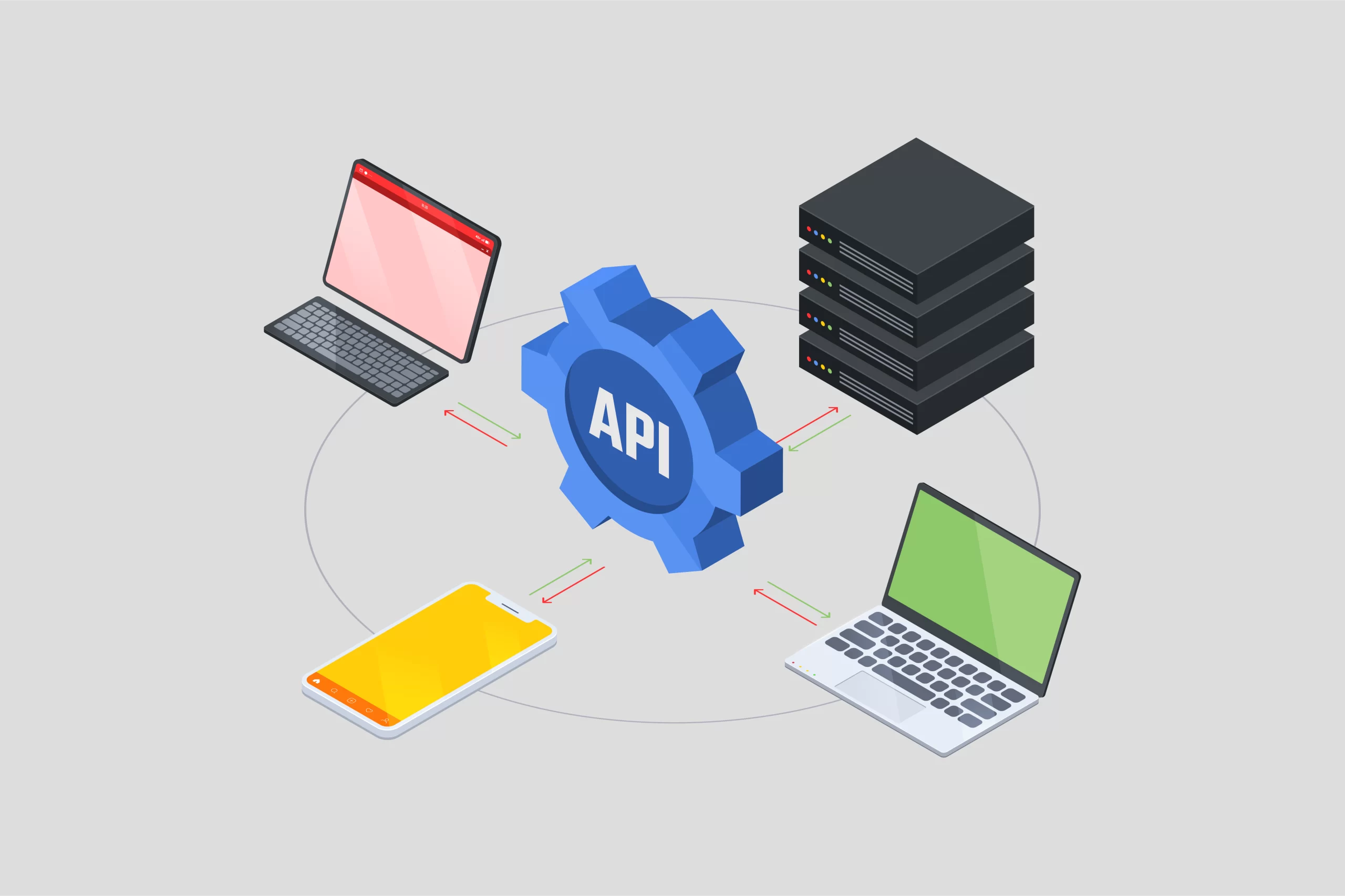Embracing PaaS: Unleashing the Power of Platform-as-a-Service
In the rapidly evolving landscape of cloud computing, businesses are continuously seeking innovative solutions to streamline their operations, enhance efficiency, and accelerate development processes. Enter Platform-as-a-Service (PaaS) – a game-changing cloud computing model that empowers organizations to focus on their core applications without the burden of managing complex infrastructure. In this article, we’ll explore the concept of PaaS and delve into the transformative benefits it brings to businesses.
What is PaaS?
Platform-as-a-Service (PaaS) is a cloud computing service that provides a platform and environment for developers to build, deploy, and manage applications without the complexities of handling hardware, software, and networking infrastructure. By offering a pre-configured environment, PaaS allows developers to focus on writing code and developing innovative applications while leaving the underlying infrastructure management to the service provider.

The Advantages of PaaS:
Accelerated Development:
PaaS accelerates the application development process by providing ready-to-use development tools, libraries, and frameworks. Developers can rapidly create and deploy applications, reducing time-to-market and gaining a competitive edge.Cost Efficiency:
With PaaS, businesses can save costs by eliminating the need for extensive infrastructure setup and maintenance. The pay-as-you-go model ensures that you only pay for the resources and services you use, optimizing your budget allocation.Scalability and Flexibility:
PaaS solutions are designed to scale seamlessly as your application and user base grow. It allows you to effortlessly handle fluctuations in traffic and ensures that your application remains available and responsive.Reduced Complexity:
PaaS abstracts the complexities of managing hardware, operating systems, and software updates, freeing up developers to concentrate on creating value-added features for the application.Enhanced Collaboration:
PaaS fosters collaboration among development teams by providing a unified platform accessible from anywhere. Developers can collaborate in real-time, increasing efficiency and encouraging innovation.Automatic Updates and Maintenance:
PaaS providers handle updates, security patches, and maintenance tasks, ensuring that your applications are running on the latest technologies and protected from potential vulnerabilities.Integration Capabilities:
PaaS seamlessly integrates with other cloud services, allowing businesses to leverage additional functionalities such as databases, artificial intelligence, and machine learning services.
Use Cases for PaaS:
Web Application Development:
PaaS is an excellent choice for developing and deploying web applications, as it provides a scalable and secure environment with pre-configured components like web servers, databases, and application frameworks.Mobile App Development:
PaaS platforms simplify mobile app development by offering SDKs, push notification services, and mobile backend as a service (MBaaS) capabilities.IoT Solutions:
PaaS supports Internet of Things (IoT) applications by providing the necessary infrastructure to manage and analyze data from connected devices.API Development:
PaaS allows developers to create, manage, and deploy APIs (Application Programming Interfaces) with ease, enabling seamless integration with other applications and services.
Conclusion
Platform-as-a-Service (PaaS) is a transformative cloud computing solution that empowers businesses to focus on innovation and application development without the burden of infrastructure management. By accelerating development, reducing costs, and enhancing collaboration, PaaS offers a competitive advantage in today’s fast-paced digital world. Embrace the power of PaaS to unlock new possibilities, drive efficiency, and stay ahead of the curve in the dynamic landscape of modern technology.


